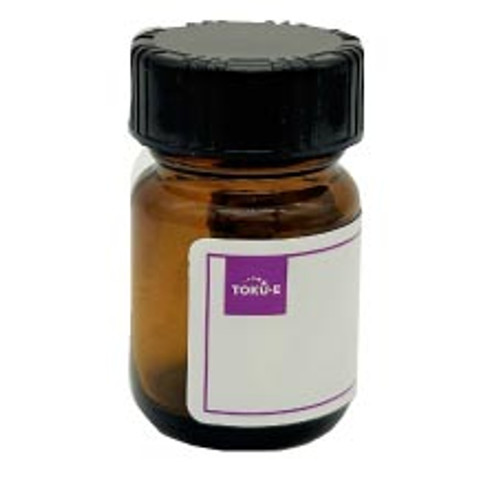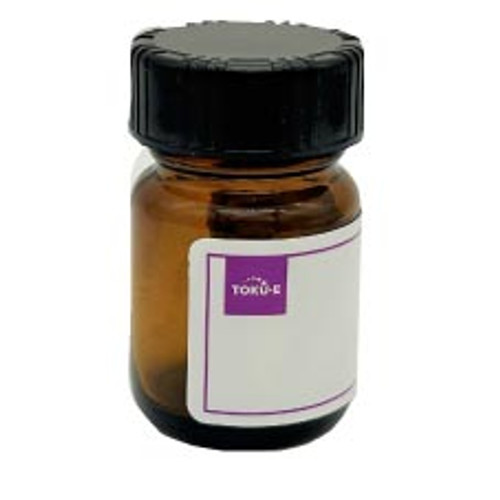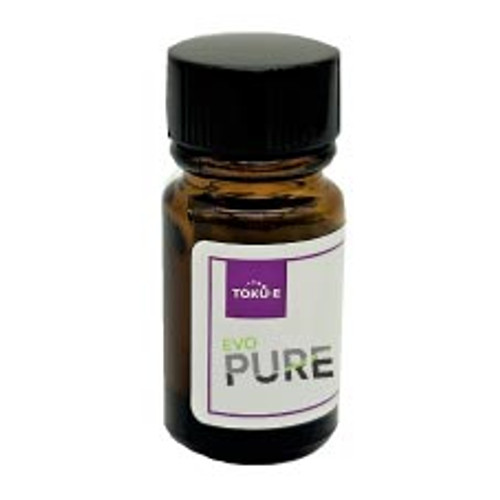G418 Disulfate (Low Endotoxin) has a strict endotoxin content of ≤ 1 EU/mg. G418 Disulfate, an aminoglycoside antibiotic originally isolated from Micromonospora rhodorangea, is routinely used for gene selection in cell culture. The presence of endotoxin in G418 Disulfate can decrease transfection efficiency and even be toxic to resistant eukaryotic cells.
We also offer:
- G418 Disulfate (G001)
- G418 Disulfate Solution (50 mg/ml) in water (G020-G021)
- G418 Disulfate, EvoPure (G030)
| Mechanism of Action | G418 Disulfate, along with other aminoglycosides, prevent protein synthesis. Resistance to G418 Disulfate is conferred by the neo gene (neomycin resistant gene) from either Tn5 or Tn601 (903) transposons. Cells successfully transfected with resistance plasmids containing the neo resistance gene can express aminoglycoside 3'-phosphotransferase (APT 3' I or APT 3' II) which covalently modifies G418 to 3-phosphoric G418, which has negligible potency and has low-affinity for prokaryotic and eukaryotic ribosomes. |
| Spectrum | G418 Disulfate is toxic to susceptible prokaryotic and eukaryotic cells including fungi (yeasts and molds), bacteria, mammalian and plant cells. |
| Microbiology Applications | G418 Disulfate can be used as a selection agent for G418 resistant bacteria or fungi after transformation. |
| Eukaryotic Cell Culture Applications | G418 Disulfate is routinely used as a selection agent in cell culture after transfection of eukaryotic cells. Resistant cells express the neo gene which produces aminoglycoside 3'-phosphotransferase (APT 3' I or APT 3' II), a protein that confers resistance to G418 Disulfate and other aminoglycoside antibiotics.
Optimal working concentrations:
The optimal working concentration of G418 sulfate to select for resistant clones depends on the cell line, reagent quality, reagent lot, media, growth conditions, cell density, cell metabolic rate, cell cycle phase, and plasmid quality. A kill curve should be performed to determine the optimal concentration for each experimental system. Use the following guide to determine the concentration to use to generate a kill curve:
A working concentration of 200 mg/L is usually sufficient after resistant mammalian clones are selected and can be used for maintenance until stable resistant clones are selected. High quality G418 Disulfate has high potency against sensitive cells (low ED50 concentration) and low potency against transfected resistant cells (high ED50 concentration). Impurities and certain bioactive substances such as endotoxins can be toxic. For more information on relevant cell lines, culture medium, and working concentrations, please visit the TOKU-E Cell-culture Database. |
| Molecular Formula | C20H40N4O10 · 2 H2SO4 |
| Biological Assay | ED50 Resistant: ≥2500 ug/mL ED50 Sensitive: ≤400 ug/mL |
| Elemental Analysis | Carbon: 28.8 - 36.07% Hydrogen: 5.76 - 7.76% Nitrogen: 6.72 - 8.41% Water of hydration: 0 to 6 |
| Documents | G418 Protocol.pdf|Plasmid_DNA_Transfection_Protocol.pdf|Selection_of_Stable_Transfected_Cell_Lines_Protocol.pdf |
| References |
Aragão FJL and Brasileiro ACM (2002) Positive, negative and marker-free strategies for transgenic plant selection. Braz. J. Plant Physiol. 14(1):1-10 Davis, BD (1987) Mechanism of bactericidal action of aminoglycosides. Microbiol. Rev. 51(3):341-50 Lin-Cereghino, J et al (2008) Direct selection of Pichia pastoris expression strains using new G418 resistance vectors. Yeast 25:293-99. Shin, Y (2007) Selection of NptII transgenic sweet potato plants Using G418 and paromomycin. J. Plant Biol. 50(2):206-12 |
| Protocols |
G418 Disulfate Kill Curve ProtocolBackground: G418 disulfate, also known as G418 sulfate, is routinely used to select for successfully transfected mammalian cells that express the neo resistance gene in addition to the gene of interest. The neo gene encodes amino-glycoside 3’-phosphotransferase; an enzyme which confers resistance to G418 disulfate and neomycin. Before stable transfected cell lines can be selected, the optimal G418 disulfate concentration needs to be determined by performing a kill curve titration. The optimal concentration of G418 disulfate suitable for selection of resistant mammalian clones depends on the cell lines, media, growth conditions, and the quality of G418 disulfate. It is necessary to perform a kill curve for every new cell type and new batch of G418 disulfate. Preparation and storage of G418 disulfate solution:
Plasmid DNA Transfection Protocol
Once the appropriate antibiotic concentration to use for selection of the stable transfected cells has been determined by performing a kill curve, the next step is to generate a stable cell line by transfection of the parental cell line with a plasmid containing the gene of interest and an antibiotic resistance gene.
Plasmid DNA Transfection Protocol:
QC Seed 24-wells with insert and determine the transfection efficiency by immunostaining:
Selection of Stable Transfected Cell Lines ProtocolBackground: Once the cells have been successfully transfected, the next step is to seed and select the transfected cell line in a single 96-well plate to select pure colonies by limited dilution as outlined below:
Protocol:
QC Seed 24-wells with insert for an immunostaining to determine percentage of cells expressing the gene of interest to be able to identify a 100% pure clone. You can also use Western blotting, flow cytometry or another technique depending on the cell line used. Seed 24-wells with insert and determine the expression level of the gene of interest by immunostaining:
|








